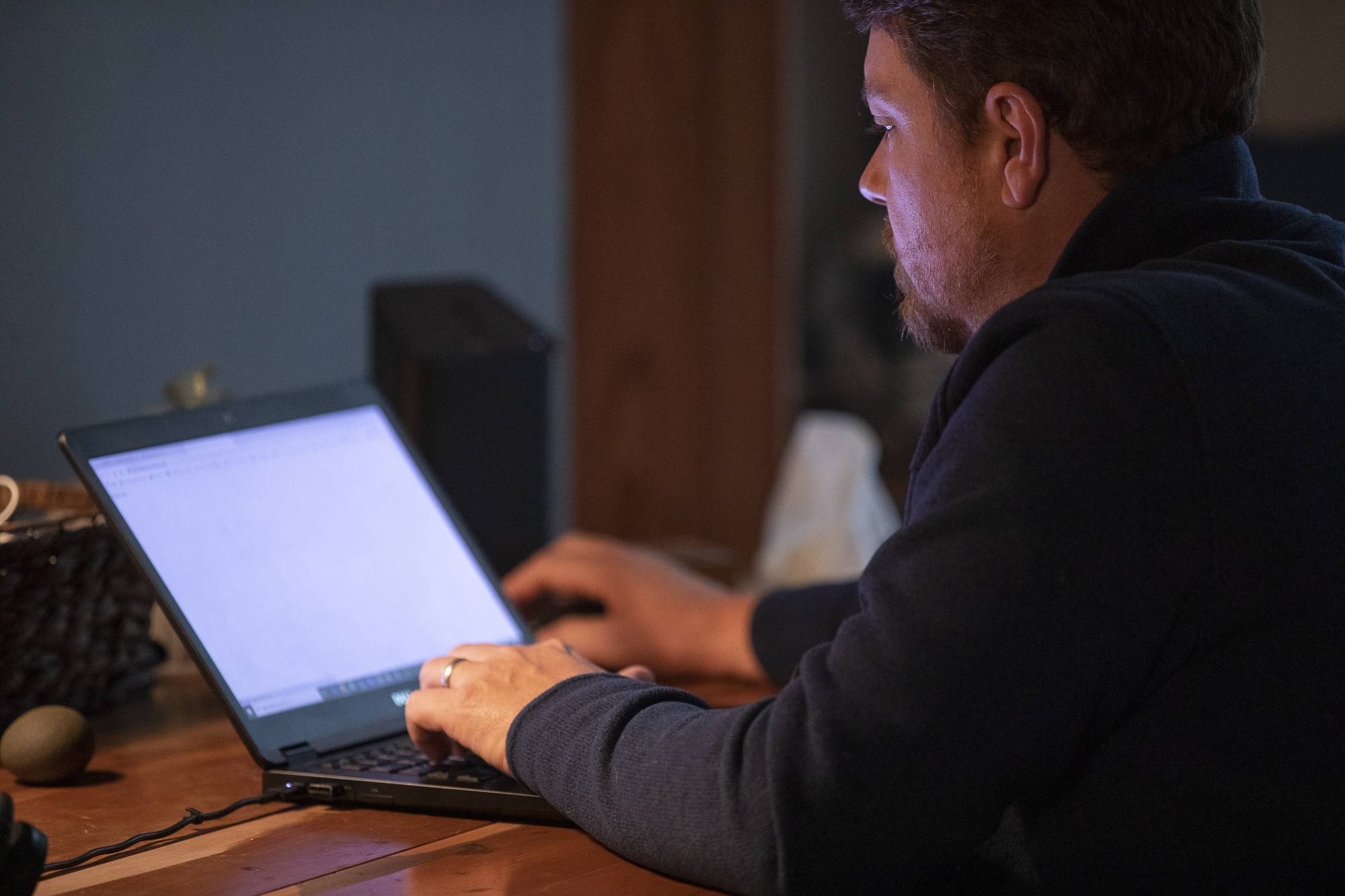JPMorgan Chase & Co. announced last week that at least some employees — largely those in sales and trading — would be expected to be back in the office Sept. 21. Although many organizations have encouraged employees to come back, JPMorgan’s move was notable because it was framed not as a choice, but an expectation. Exceptions will be made, but this is an opt-out, not an opt-in. Other employers are wondering how hard to push people to return, and employees are wondering if their at-home time is ending.
There is some feeling of abruptness to this. If it wasn’t safe to go back in August, why is it safe now? In some locations, cases have dropped recently, so it’s possible to see why returning to work might have become a better idea. But JPMorgan’s announcement was about its offices in New York. Cases there have been stable and low since the middle of June. This makes the decision seem arbitrary; that employers have just decided "it’s time” rather than evaluating the risks to employees.
One hallmark of good decision-making is consistency. Changing your decision when nothing has actually changed is not consistent. In my view, though, something has changed. But it’s not the facts about the virus. Instead, it’s how we’re thinking about the alternatives. The choice of whether or not to open a workplace — or to open a school, or to go to the hairdresser — depends crucially on defining what will happen in the "or not” scenario.


















With your current subscription plan you can comment on stories. However, before writing your first comment, please create a display name in the Profile section of your subscriber account page.